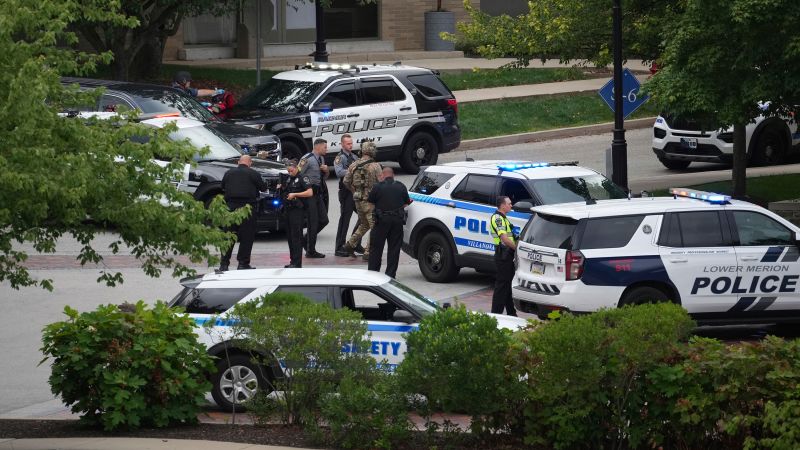
University Students Face Panic Amidst Active Shooter Hoaxes
Opinion | 8/26/2025
A recent spate of active shooter hoaxes has stirred panic and chaos among university students, disrupting the start of the academic year. In a troubling incident, students received alarming text messages falsely reporting an active shooter on their respective campuses. This misinformation triggered a wave of fear, prompting students to seek shelter by barricading themselves in various locations, such as bathrooms, and causing chaos in their attempts to evade a non-existent threat.
The hoaxes, though unfounded, had real and significant consequences as students reacted with a heightened sense of fear and urgency. Law enforcement authorities swiftly responded to the false reports, launching investigations to ascertain the origins of the hoax messages. In the aftermath, university officials have emphasized the need for vigilance and awareness in discerning credible threats amidst the prevalence of such alarming misinformation.
A university spokesperson underscored the importance of verifying information before reacting, stating, “In situations like these, it is crucial to remain calm and validate the accuracy of any reports to prevent unnecessary panic and disruption to campus activities.” The incidents serve as a stark reminder of the challenges posed by the dissemination of false information in an age when communication spreads rapidly through digital platforms.
While the intent behind these hoaxes remains unclear, the impact on students and campus communities is evident. The incidents highlight the need for robust emergency response protocols and comprehensive education on how to distinguish genuine threats from false alarms. As investigations continue into the source of these disturbing hoaxes, authorities are urging vigilance and caution to prevent further disruptions and alleviate the anxiety caused by these unsettling events.
In response to the incidents, university administrators are working closely with law enforcement agencies to enhance security measures and communication strategies to address potential future threats effectively. The disruptive nature of these hoaxes serves as a stark reminder of the challenges faced by educational institutions in maintaining the safety and well-being of their students amidst a climate of heightened security concerns.


